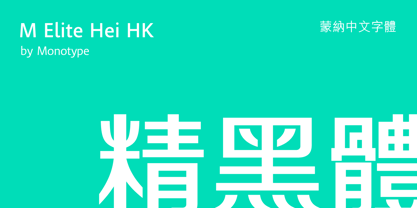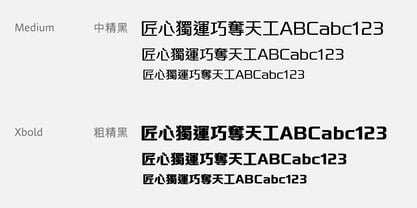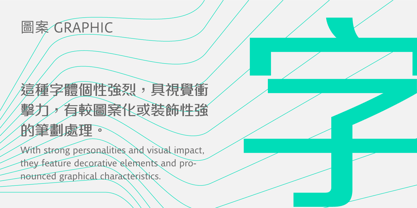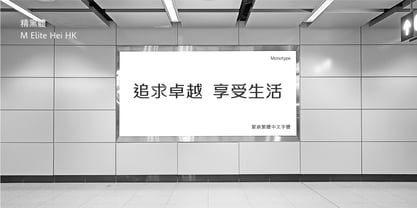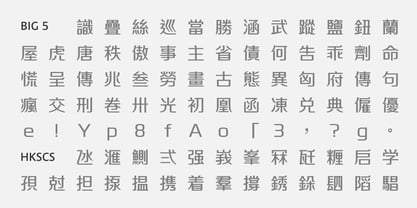Mit einer Lizenz für elektronische Dokumente können Sie die Schriftart in eine elektronische Publikation einbetten, z. B. in ein eBook, eMagazine, eNewspaper oder eine interaktive PDF-Datei.
Eine Lizenz für elektronische Dokumente basiert auf der Anzahl der Veröffentlichungen, in denen die Schriftart verwendet wird. Jede Ausgabe zählt als eine separate Veröffentlichung. Regionale oder Formatvariationen zählen nicht als separate Publikationen.
Aktualisierte Versionen von Publikationen, die für frühere Kunden kostenlos sind, benötigen keine neue Lizenz; allerdings zählt jede neue Version, die veröffentlicht wird, als eine separate Veröffentlichung.
Für die Verwendung von font in Grafiken, die als ePub-Cover angezeigt werden, benötigen Sie eine Desktop Lizenz.
